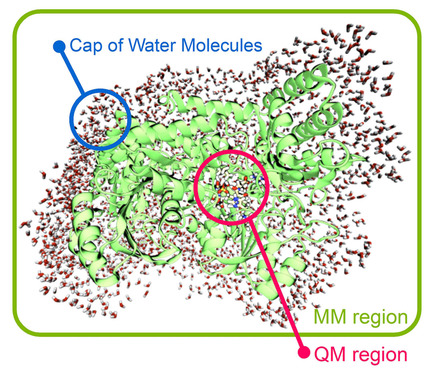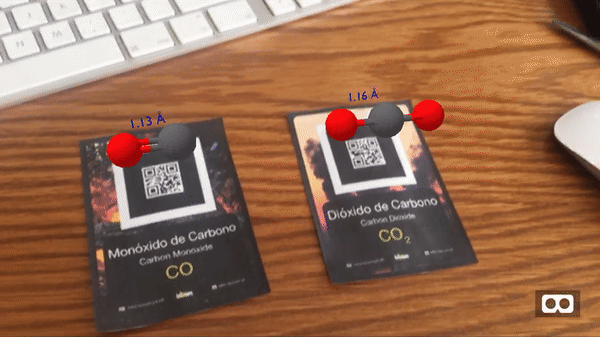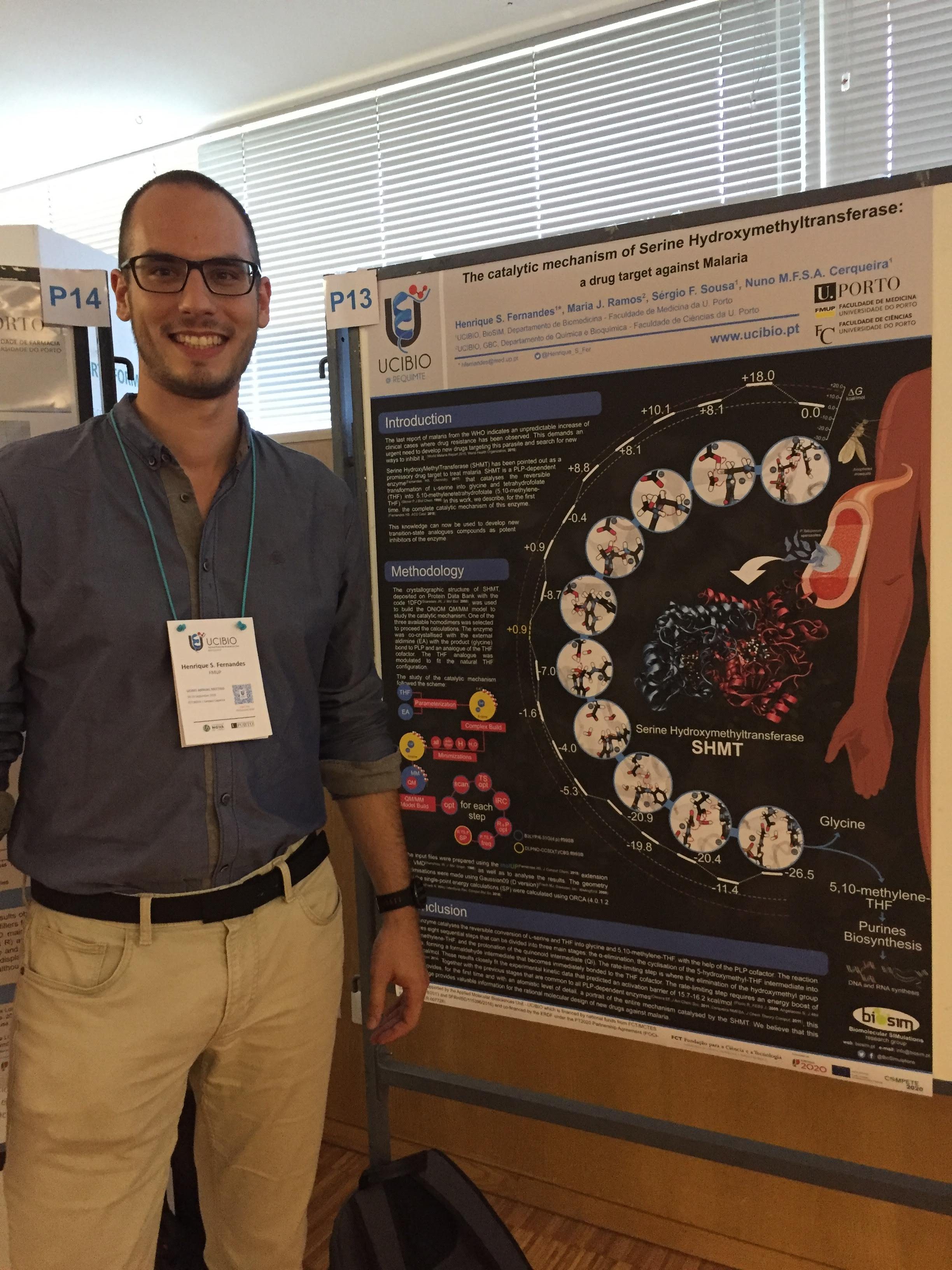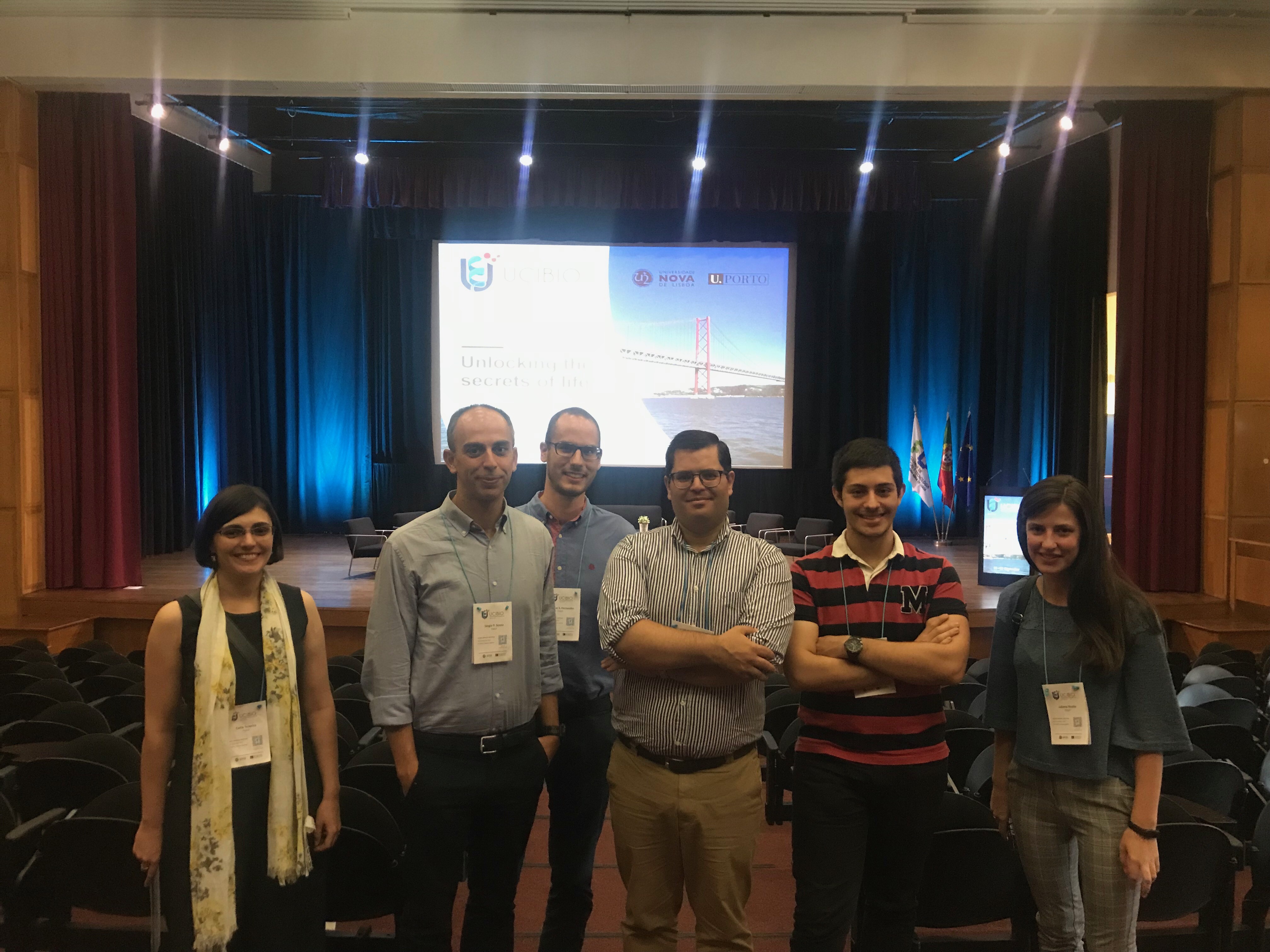Henrique S. Fernandes, Sérgio F. Sousa, and Nuno M.F.S.A. Cerqueira
Journal: Molecules
https://doi.org/10.3390/molecules24132462
Abstract
Nature has tailored a wide range of metalloenzymes that play a vast array of functions in all living organisms and from which their survival and evolution depends on. These enzymes catalyze some of the most important biological processes in nature, such as photosynthesis, respiration, water oxidation, molecular oxygen reduction, and nitrogen fixation. They are also among the most proficient catalysts in terms of their activity, selectivity, and ability to operate at mild conditions of temperature, pH, and pressure. In the absence of these enzymes, these reactions would proceed very slowly, if at all, suggesting that these enzymes made the way for the emergence of life as we know today. In this review, the structure and catalytic mechanism of a selection of diverse metalloenzymes that are involved in the production of highly reactive and unstable species, such as hydroxide anions, hydrides, radical species, and superoxide molecules are analyzed. The formation of such reaction intermediates is very difficult to occur under biological conditions and only a rationalized selection of a particular metal ion, coordinated to a very specific group of ligands, and immersed in specific proteins allows these reactions to proceed. Interestingly, different metal coordination spheres can be used to produce the same reactive and unstable species, although through a different chemistry. A selection of hand-picked examples of different metalloenzymes illustrating this diversity is provided and the participation of different metal ions in similar reactions (but involving different mechanism) is discussed.







